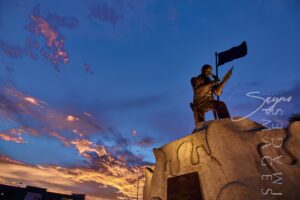
Andres Bonifacio Birthplace Monument: Honoring the Legacy in Tondo, Manila
The Andres Bonifacio Birthplace Monument in Tutuban, Divisoria stands as a powerful symbol of Filipino patriotism and a tribute to the courage and leadership of Andres
The Quezon Memorial Circle, located in Quezon City, Metro Manila, was initially envisioned as the site for the National Capitol, intended to accommodate the Congress of the Philippines. This vision was part of a larger plan for a National Government Center (NGC), which would have integrated the legislative, executive, and judicial branches of the Philippine government into a unified area encompassing Elliptical Road and the Quezon City Quadrangle, including the North Triangle, South Triangle, East Triangle, and West Triangle. Although the cornerstone was laid on November 15, 1940, the outbreak of World War II halted construction, leaving only the foundations completed.
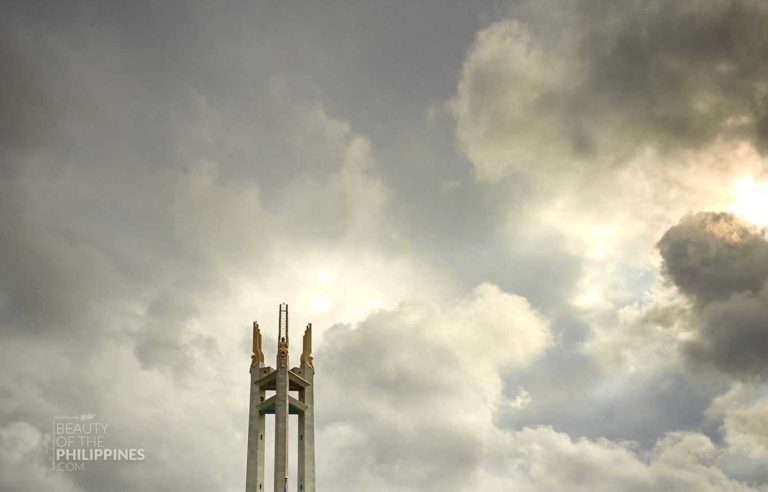
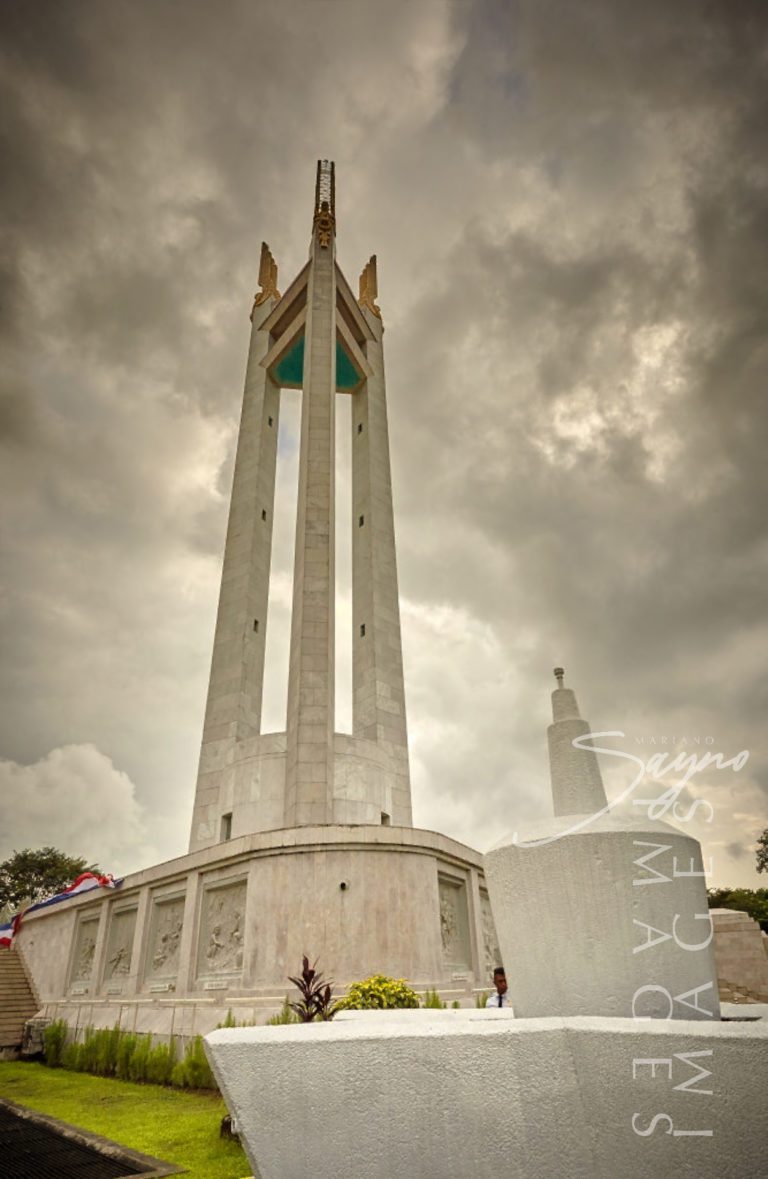
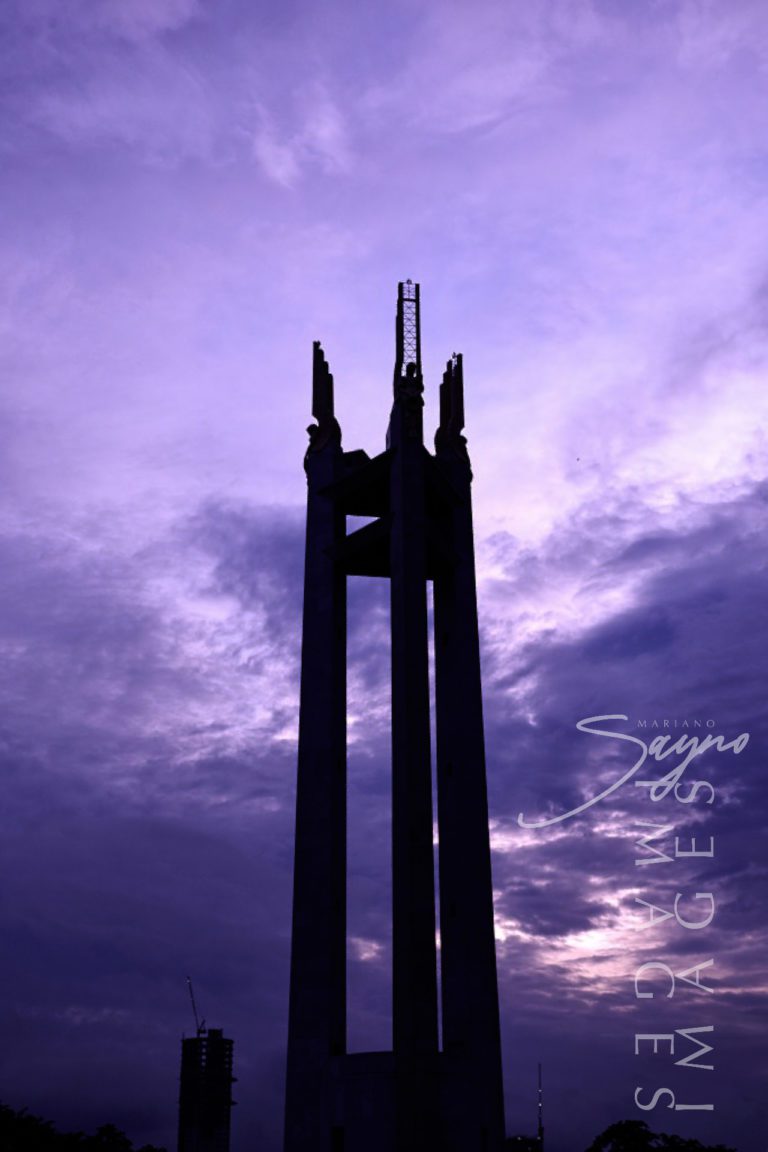
ABOVE: The Quezon Memorial Circle in Quezon City was meant to be the National Capitol and part of a unified government center, but World War II interrupted its construction. After the war, the construction was completed, resulting in the monument we see today.
ABOVE: The Quezon Memorial Circle in Quezon City was meant to be the National Capitol and part of a unified government center, but World War II interrupted its construction. After the war, the construction was completed, resulting in the monument we see today.
In December 1945, after the war, President Sergio Osmeña established the Quezon Memorial Committee to raise public funds for a memorial dedicated to his predecessor, President Manuel L. Quezon. Former Quezon City Mayor Tomas Morato was instrumental in selecting the site for the memorial. Despite President Elpidio Quirino’s later proposal to relocate it, Morato strongly opposed this suggestion. In 1951, a national competition for the Quezon Memorial Project was held, with Filipino architect Federico Ilustre emerging as the winner. His design encompassed not only the mausoleum but also plans for a presidential library, a museum, and a theater.
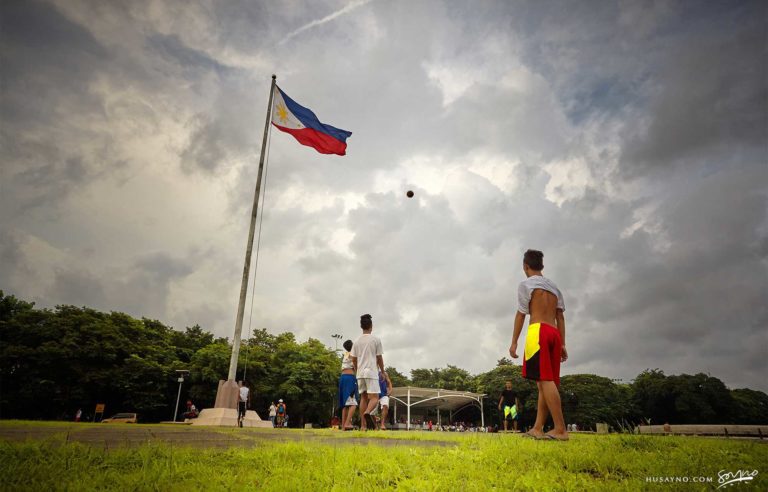
ABOVE: Since the city government took over the Quezon Memorial Circle in 2008, it has become a popular spot for students’ extracurricular activities with the addition of new facilities like the Seminar Hall and covered courts.
ABOVE: Since the city government took over the Quezon Memorial Circle in 2008, it has become a popular spot for students’ extracurricular activities with the addition of new facilities like the Seminar Hall and covered courts.
The Quezon Memorial Shrine, an art deco-themed monument designed by Ilustre and built during the 1950s, serves as the centerpiece of the Quezon Memorial Circle. Standing 66 meters (217 ft) tall—symbolic of Quezon’s age at the time of his death from tuberculosis—the shrine is situated on a 36-hectare elliptical lot. It features an observation deck at the top, accessible via a spiral staircase, offering visitors a panoramic view of the city.
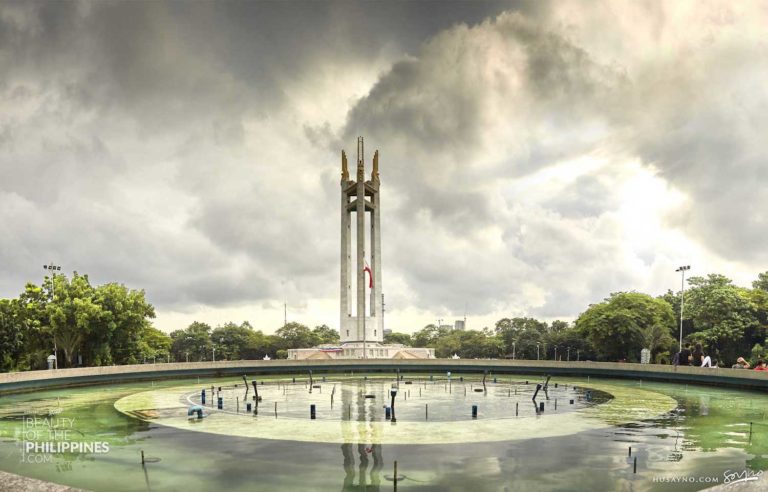
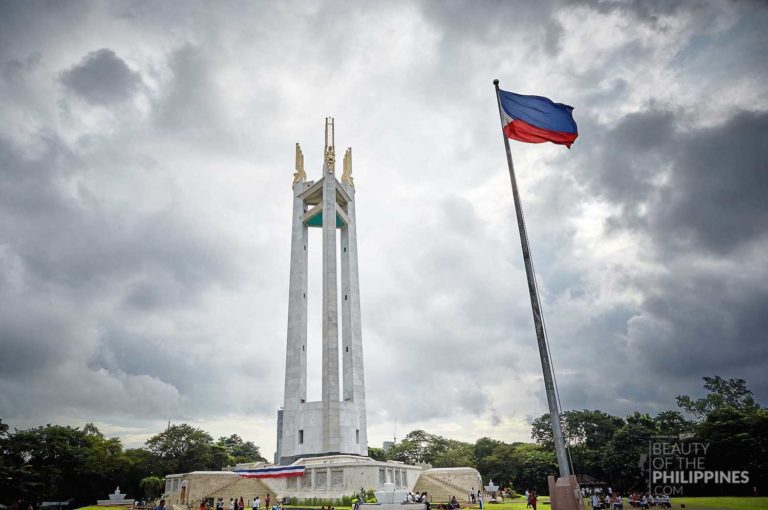
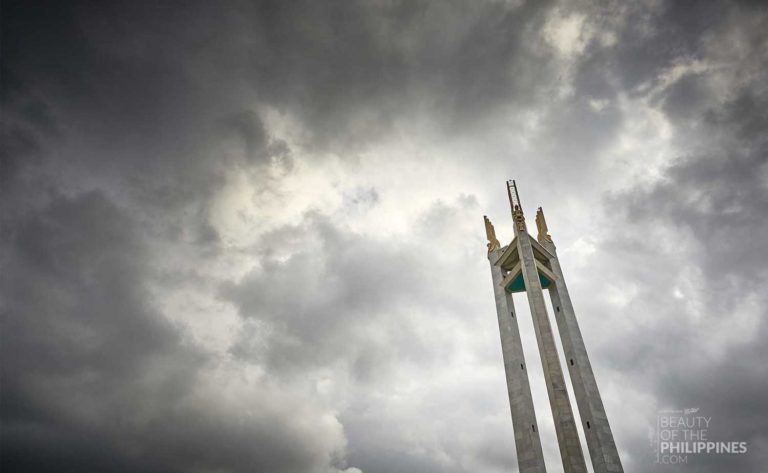
ABOVE: The Quezon Memorial Shrine, a 66-meter-tall art deco monument from the 1950s, features an observation deck, regional pylons, and angels by Francesco Monti, all set on a 36-hectare lot with a catafalque inspired by Napoleon’s in the Invalides.
ABOVE: The Quezon Memorial Shrine, a 66-meter-tall art deco monument from the 1950s, features an observation deck, regional pylons, and angels by Francesco Monti, all set on a 36-hectare lot with a catafalque inspired by Napoleon’s in the Invalides.
The shrine’s design includes three mourning angels holding sampaguita wreaths, crafted by Italian sculptor Francesco Monti. These winged figures, placed atop the three pylons, represent Luzon, Visayas, and Mindanao, each adorned in traditional regional costumes. The pylons encircle a drum-like two-story structure with a gallery from which visitors can view Quezon’s catafalque, modeled after Napoleon Bonaparte’s in the Invalides. The gallery and catafalque are illuminated by an oculus, reminiscent of Grant’s Tomb.
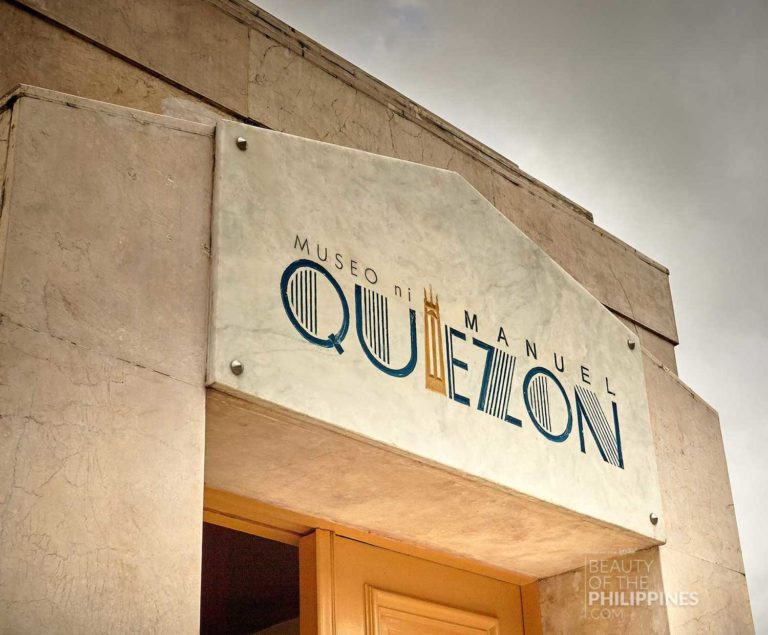
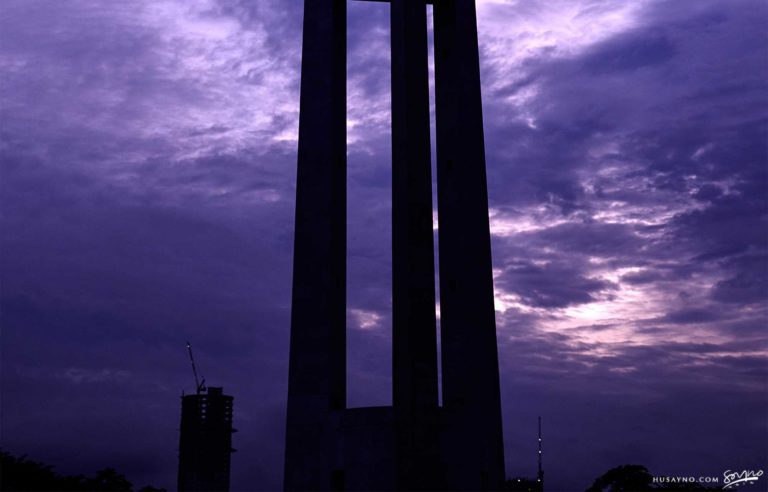
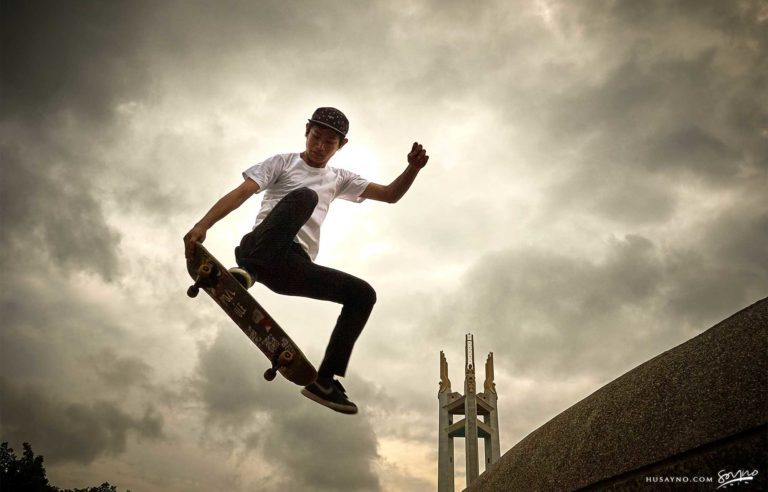
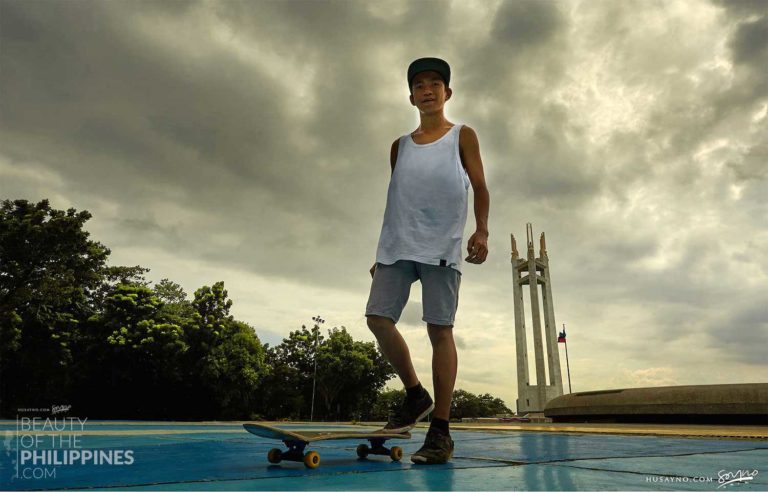
Although the planned auxiliary structures—a presidential library, museum, and theater—were never built, two smaller museums were established within the shrine: one showcasing presidential memorabilia of Manuel L. Quezon, and the other dedicated to the history of Quezon City. Additionally, the former residence of Manuel L. Quezon’s family in Gilmore, New Manila, was relocated to the Quezon Memorial Circle and converted into a museum.
Since the city government took over the administration of the Quezon Memorial Circle in 2008, various public facilities have been introduced, including the Seminar Hall, Century Hall, People’s Hall, and a stage, as well as covered courts. The city government also renovated a dancing fountain, which is illuminated with colors at night. The elliptical park features smaller gardens and named green spaces such as the Hardin ng Mga Bulaklak and the Tropical Garden. It also hosts a demonstration urban farm, established in 2015, which occupies 1,500 square meters (16,000 sq ft).

ABOVE:
ABOVE:
Among the park’s notable features is the World Peace Bell, installed not before 1994. Donated by the World Peace Bell Association, a Japanese organization promoting world peace, the bell was the first of its kind received by a Southeast Asian nation. Made from coins contributed by 65 UN member countries, it weighs 365 kilograms (805 lbs), stands 1.05 meters (3.4 ft) tall, and has a diameter of 60 centimeters (24 in).
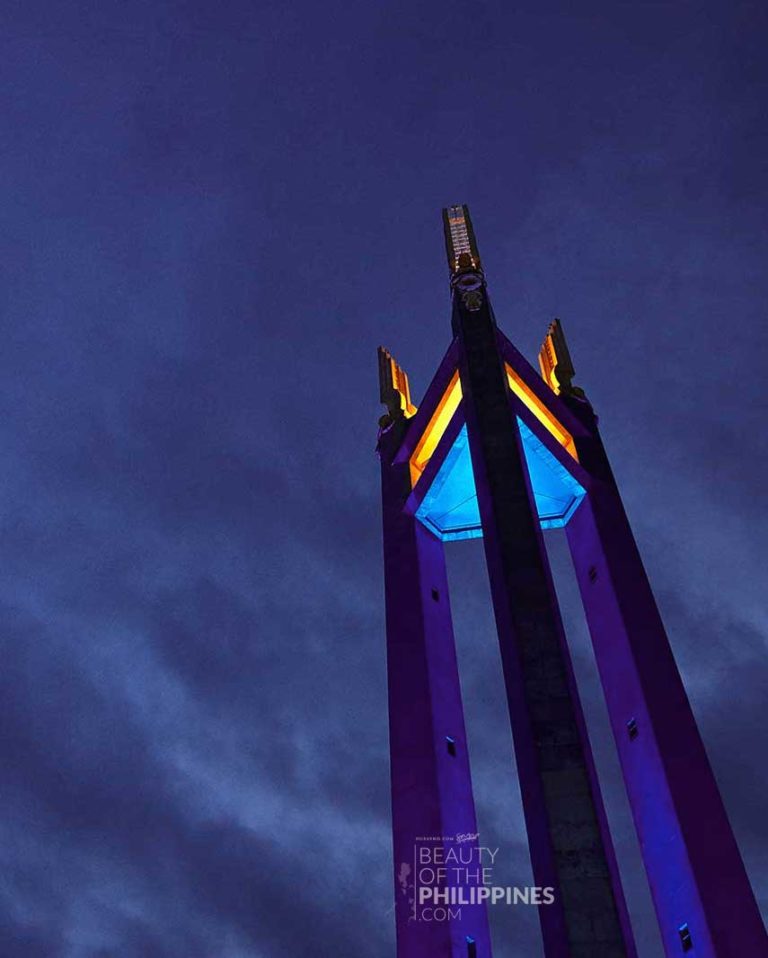
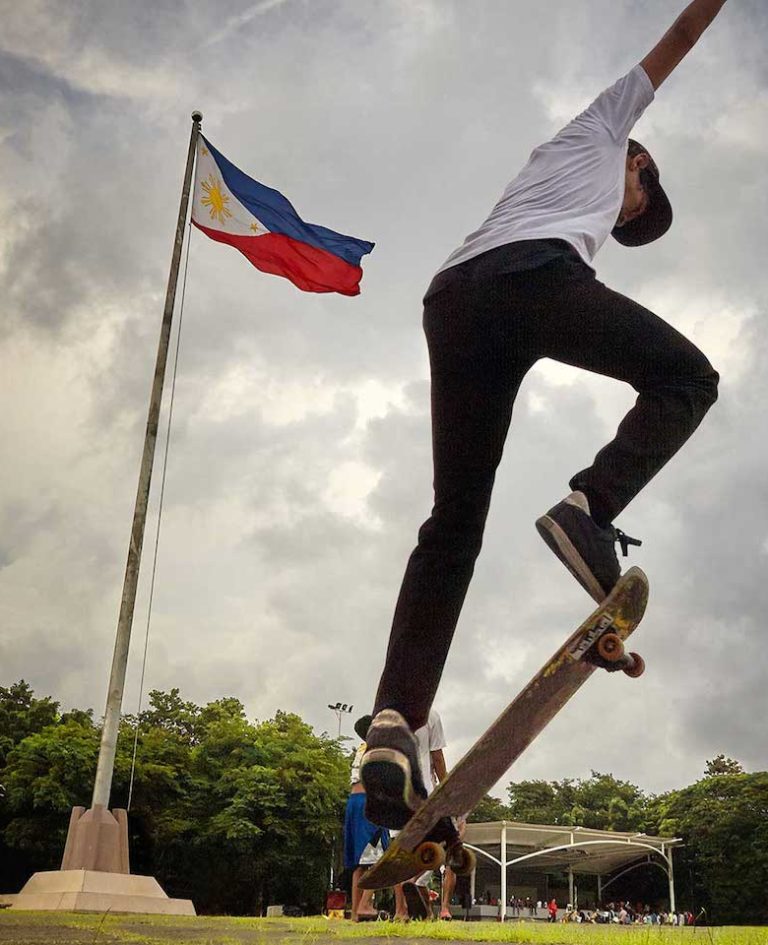
The Philippine–Israel Friendship Park, located within the Quezon Memorial Circle next to the Quezon Heritage House, had its groundbreaking in December 2017 and was inaugurated in August 2018. This park commemorates President Manuel L. Quezon’s efforts to accept 1,000 Jewish refugees during World War II and the Philippines’ support for the UN Partition Plan for Palestine and the establishment of the State of Israel. The Quezon Memorial Circle also features a variety of dining options, including restaurants and food stalls, along with kiosks, plant stalls, and bike rental services. In the same year, Belmonte launched the Fresh Market, a weekly farmer-to-consumer program allowing farmers from nearby provinces to sell produce to park visitors.
It is reported that the Quezon Memorial Circle attracts an average of 8,000 visitors daily, with numbers rising to around 12,000 on weekends.
RELATED STORIES

The Andres Bonifacio Birthplace Monument in Tutuban, Divisoria stands as a powerful symbol of Filipino patriotism and a tribute to the courage and leadership of Andres
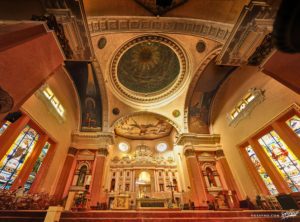
The Binondo Church is a historic church in Manila, located in the District of Binondo, near the Plaza San Lorenzo Ruiz. It was previously called
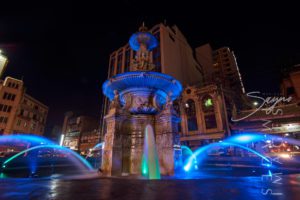
I experienced the vibrant and colorful life of downtown in full. I took some time to appreciate the beauty of Santa Cruz Church and Plaza
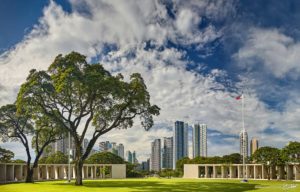
Manila American Cemetery and Memorial is located in the heart of Taguig City on the lands of Fort Bonifacio and serves as the largest grave
I’m looking forward to the stories and images leaving a lasting positive impression on you, just as they have on me. Stay connected with us on social media for a weekly exploration of travel assignments and breathtaking visuals. Our focus is on championing local tourism, showcasing small businesses, and honoring the magnificence of the Philippines through the content we curate. Join us in spreading the word by clicking the ‘share’ buttons below. Your support means the world to us.
EXPLORE MORE about

The Binondo Church is a historic church in Manila, located in the District of Binondo, near the Plaza San Lorenzo Ruiz. It was previously called
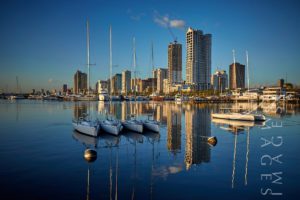
It is considered to be one of the world’s great harbors, the Manila Bay, and it serves as the Port of Manila, Philippines. Having once
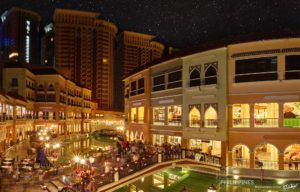
Located in the heart of the Taguig City, the Venice Grand Canal is a lifestyle mall development under the Megaworld Lifestyle Malls Located inside the

It is the home of the popular Asian elephant, Mali, as well as 90 other species. As well as being a landmark in Manila, the
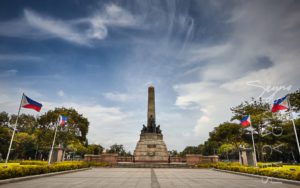
Located along Roxas Boulevard, Manila and adjacent to the century-old walled city of Intramuros, the Luneta National Park, or “Luneta” as many refer to it,
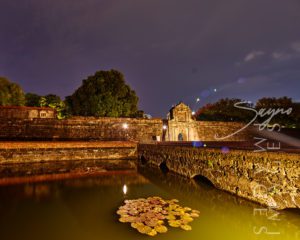
It is also known as the Walled City, and during the Spanish Colonial Period it was synonymous with the city of Manila. Intramuros was also
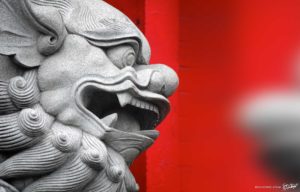
In addition to being considered the oldest Chinatown in the world, Binondo Chinatown is also the center of trade and commerce in Manila City. In

Manila American Cemetery and Memorial is located in the heart of Taguig City on the lands of Fort Bonifacio and serves as the largest grave
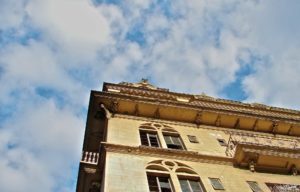
It is always a surprise for buildings, parks and houses to survive such wars as it is almost inevitable that everything will be brought down
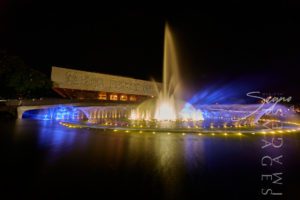
The Cultural Center of the Philippines or CCP was founded in 1966 under the directive of former President Ferdinand Marcos, in order to reinforce and
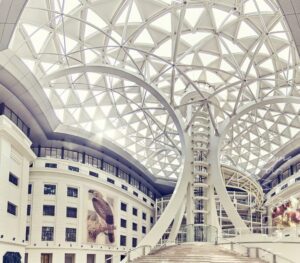
Explore the vibrant tapestry of Manila through its four national museums, each a unique gem in the city’s cultural crown. These four distinguished establishments are
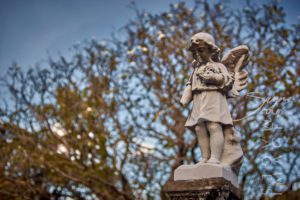
As one of the oldest cemeteries in Manila, Campo Santo De La Loma, commonly referred to as the La Loma Cemetery, is one of the
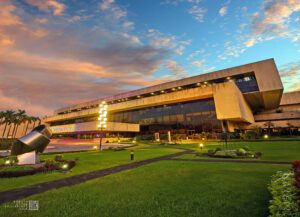
The Philippine International Convention Center (PICC) stands as a monument to the Philippines’ ambition to be a key player on the global stage. With its
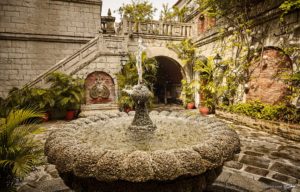
Casa Manila is a living museum that features the lifestyle of a wealthy Filipino family living during the last years of the Spanish colonial period,
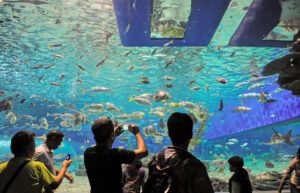
As the nation’s first ever world-class marine theme park, Manila Ocean Park is located in Ermita Manila, within the Philippines’ largest urban resort/aqua-themed hotel complex
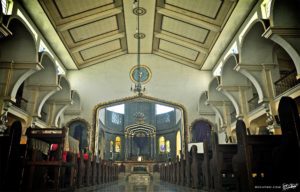
The Polo Church, formally known as the San Diego de Alcala Church, resides in the Polo neighborhood of Valenzuela, Manila. This church has a captivating
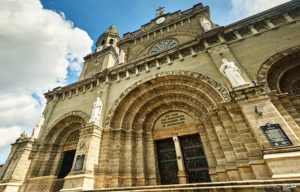
Originally built in 1880, the Manila Cathedral is the current version of the longstanding Church of Manila. It is a masterpiece of architecture that was
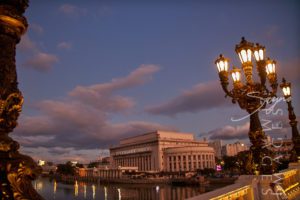
The Manila Post Office, officially known as the Manila Central Post Office, is a distinguished example of neoclassical architecture, originally designed by Juan M. Arellano,

I experienced the vibrant and colorful life of downtown in full. I took some time to appreciate the beauty of Santa Cruz Church and Plaza
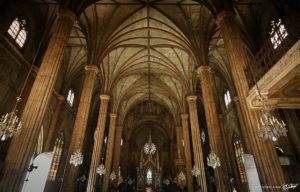
San Sebastian Church is a Roman Catholic Minor Basilica located in Quiapo, Manila. It’s also known as Minor Basilica of San Sebastian or San Sebastian
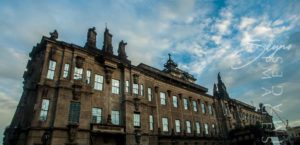
UST, also known as the University of Santo Tomas, is a private Roman Catholic university located in Sampaloc, Manila. It was founded on 28 April
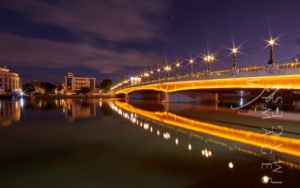
The newly restored Jones Bridge is easily recognizable by its beautifully designed black lamp posts—the same ones that were there when the bridge was first
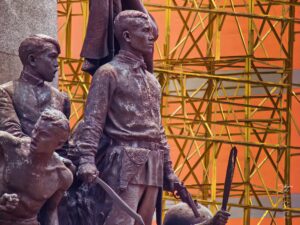
The Bonifacio Monument, also called Bonifacio Monumento or Monumento, proudly stands in Caloocan City, Metro Manila. It is a powerful symbol created by the National
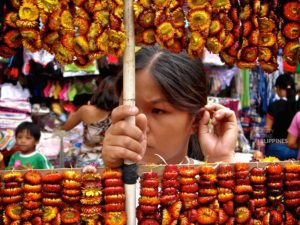
Plaza Miranda is a public square bounded by Quezon Boulevard, Hidalgo Street and Evangelista Street in Quiapo, Manila. It is the plaza which fronts the
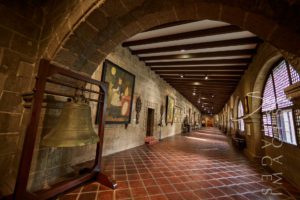
The San Agustin Museum is located adjacent to the UNESCO World Heritage Site, San Agustin Church. It is located in Intramuros—the walled city of Manila—and
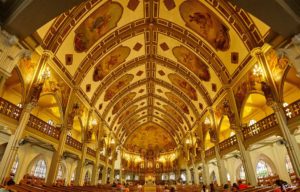
The Manila Abbey San Beda, or formally known as Abbey of Our Lady of Montserrat, is a Benedictine men’s monastery located along the streets of
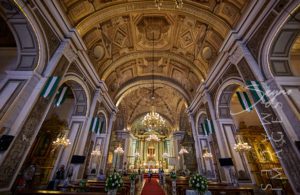
Known as one of the most important baroque churches in the Philippines and as one of the only four baroque churches in the Philippines that
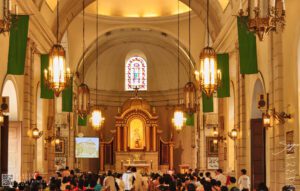
Malate Church stands as a profound symbol of faith, resilience, and artistry, preserving its sacred role and architectural splendor through centuries of triumphs and trials.
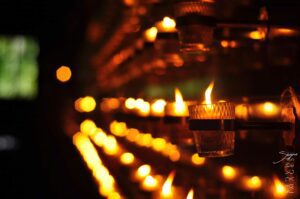
The Padre Pio Chapel, also known as the St. Pio of Pietrelcina Chapel, holds a special place in my heart as a photographer. It revealed

The Andres Bonifacio Birthplace Monument in Tutuban, Divisoria stands as a powerful symbol of Filipino patriotism and a tribute to the courage and leadership of Andres
BROWSE BY CATEGORIES